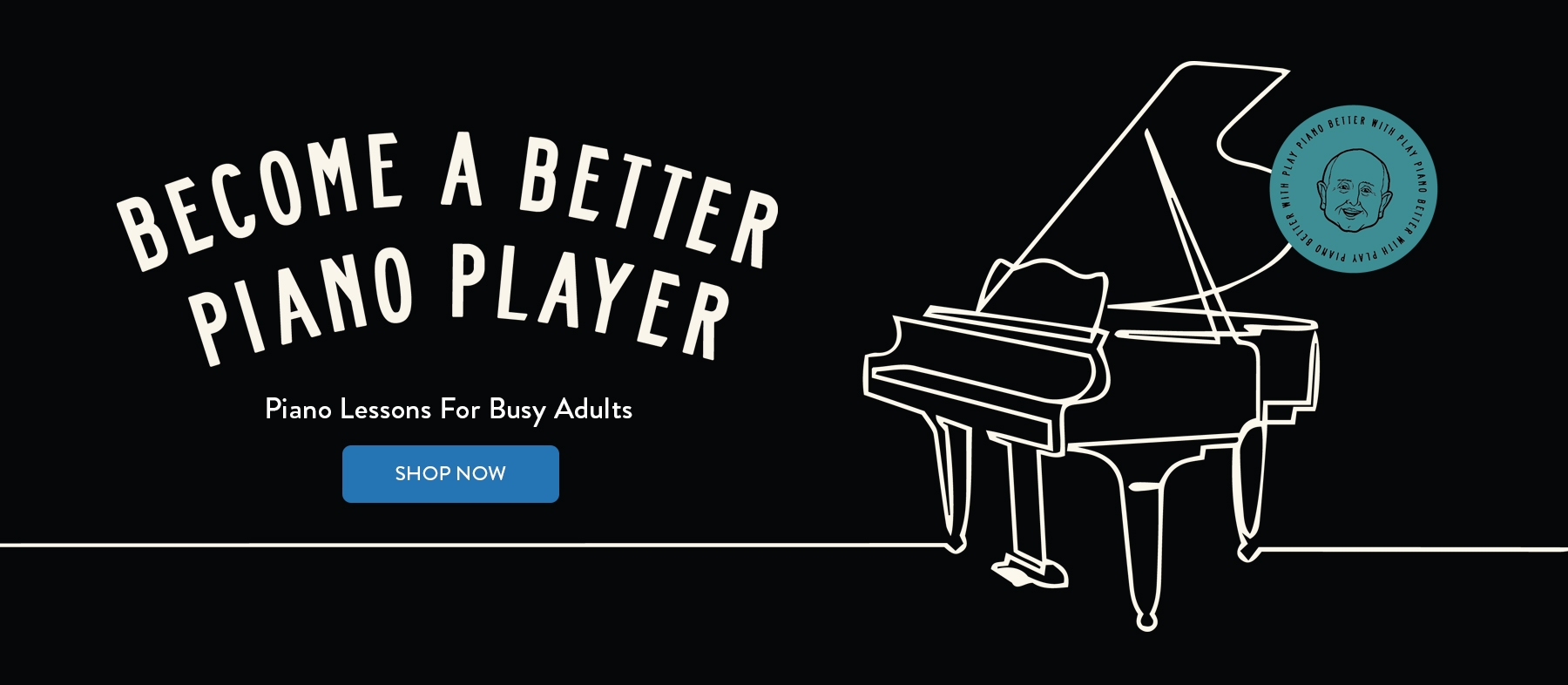Secrets of Exciting Chords & Chord Progressions: Lesson Two
Flying Over Chordland Before We Land
(The 48 basic piano chords times 3)
Click below to hear Duane walk you through this lesson:
Before we get down to the actual details of building chords, I would like to take you on an airplane ride over “Chordland” so you can look down and get the lay of the land — get a good overview of how Chordland is laid out — where the rivers and freeways and lakes and towns are, and how it all works together.
Lots of people know a few chords, but aren’t sure just how many chords they need to know to cover the basics in an average song — in other words, enough to “get along.”
Sure, they would like to know how to play 9th chords and suspended 7th chords and chords built on the church modes, such as Dorian, Lydian, Mixolydian, Aeolian, Locrian, and so forth, but they could live without ever knowing those — they just want to know enough chords to get by in a playing situation, from accompanying a singer at a musical to playing with a worship group at church to playing for Girl Scouts.
Well, I have good news for them. There are only 12 major chords, 12 minor chords, 12 augmented chords, and 12 diminished chords. That makes 48. Then each one can be turned upside down (inverted) 3 times. Three times 48 is 144. These are the basic 12 dozen chords a person needs to know to get along. It would sure be helpful to know how to add a 7th to a chord, but not absolutely necessary (even though it’s as simple as pie!).
12 Major Piano Chords
12 Minor Piano Chords
12 Augmented Piano Chords
12 Diminished Piano Chords
48 Basic Piano Chords!
Every 3-note chord (called a triad) can be turned upside down 3 times:
Root position (name of the chord on the bottom)
1st inversion (name of the chord on top)
2nd inversion (name of the chord in the middle)
So…..
3 Inversions of Each Chord
Total = 144 Piano Chords
The second part of the good news is that these 12 dozen chords can be learned much more quickly than most people suppose — it shouldn’t take over an hour of concentrated practice to get somewhat of a handle on these 144 chords. Here’s why:
Once a person learns the 12 major chords, all there is to finding minor and augmented chords is to move just one note from the major chord! And all there is to finding diminished chords is to move 2 notes from the major chord.
Next time we’ll cover all of the 12 major chords.
Thanks,
Duane
If you already know chords, but need to know what to do with them, then see our course on how to “dress up naked music” using chords.




